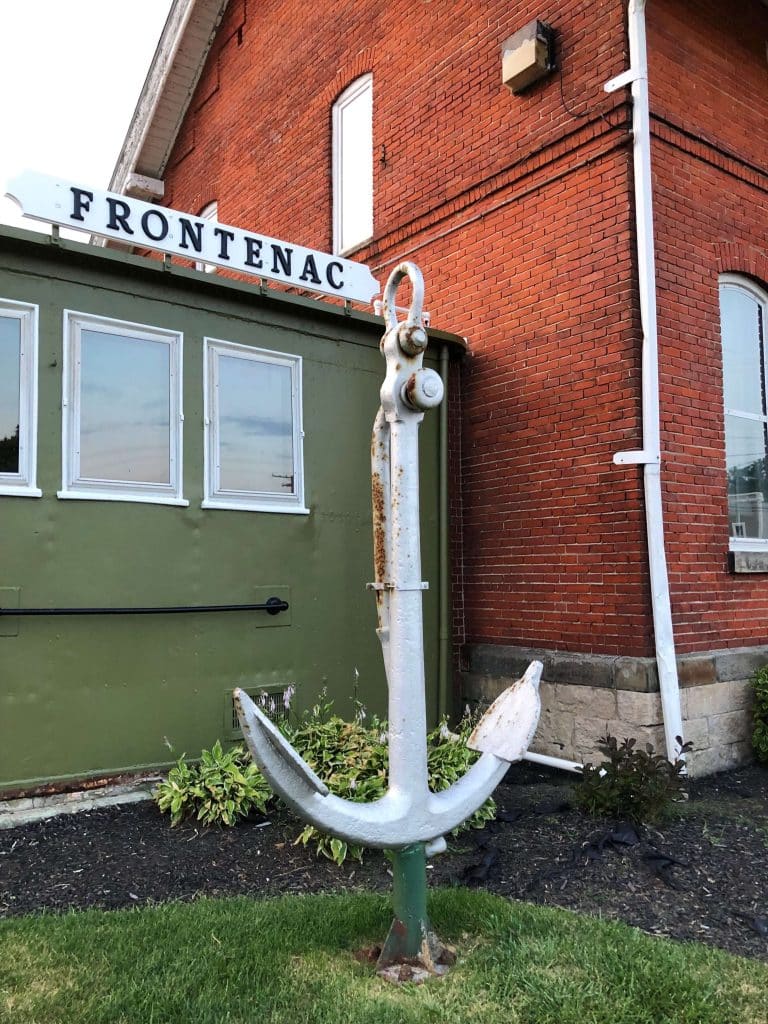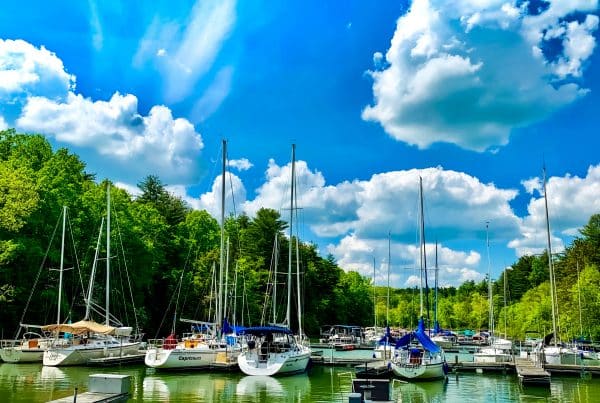Nestled at the mouth of the Grand River, the Fairport Harbor Lighthouse is known as “the light that shown for 100 years”.
Today the light house that stands boasts’ picturesque views and is nestled on a hill. It is the predecessor to the original lighthouse that stood on the same ground for 46 years.
By the 1820’s, Fairport Harbor had quickly grown to 300 people. With Lake Erie being the shallowest of the Great Lakes, it is known to quickly break its flat and glassy surface and become very rough. The townspeople knew it was time for a lighthouse to be constructed. The Painesville Telegraph requested bids for a lighthouse keeper and a keepers dwelling.
The proposal for the construction of the light house included nearly exact specifications of what the structure was to be made of and was signed by A. Walworth. He included a two-story structure that would measure 34×20 feet and a 12×14 foot kitchen with a cellar under the house. The lighthouse was planned to have a soapstone deck and multiple windows. Hiram Wood and noted builder Johnathon Goldsmith contracted to build the lighthouse and dwelling for $2,900. An additional $174.00 was spent on adding a cellar. Goldsmith applied to be the keeper of the lighthouse, but the appointment was later given to someone else.
149
68
1
The fifty-five-foot-tall lighthouse was finally completed in the Autumn of 1825. It was fueled by whale oil that came from the blubber of a whale.
At the time it was one of only eight lighthouses on the Great Lakes. Fairport was becoming known as a “sailors’ town” becoming a rivalry of the Port of Cleveland.
The lighthouse known far beyond a commerce hub and a gateway to the Western Reserve it was also the final stop for the underground railroad. The citizens of Fairport were firmly anti-slavery captains, seamen and lighthouse keepers. The townspeople made the lighthouse a symbol of freedom to escaped slaves and joined to hide the runaway slaves. The slaves were often hidden in the lighthouse and smuggled on ships to Canada.
During its first years of illumination, it was a major Gateway to the west. In 1847 it welcomed 2,987 vessels carrying cargo and passengers. After a few years, the lighthouse was quickly showing sings of wear and tear from harsh winters in Northern Ohio. Within 30 years of construction it was surrounded with wire hoops to keep it from toppling over.
In March of 1869, congress approved $30,000 for a new light house and keepers dwelling. A temporary light was put in place to serve as the light house while the new one was built. Engineers were hired to prevent the previous building mistakes. Piles were driven into the ground with their heads capped into one-foot thick concrete slabs. On top, there are two layers of 12-inch timber completed with a limestone foundation. The total foundation sat 10 feet below the ground and four feet about the ground. The outside diameter of the tower’s walls were nineteen feet and nine inches, and the inside diameter was consistently eight feet making room for the spiral staircase. The Fresnel lens from the original tower was transferred to the new tower.
On August 11, 1871 for the first time light was shown from the sixty-eight-foot tower. Minimal improvements were added to the lighthouse over the years, some of those improvements included running water in the keeper’s house and a handrail for the lighthouse tower. As time went on and the harbor was changing there was a need for a light and fog combination to be held on the west breakwater pierhead. When the new light went into service on June 9th, 1925 it replaced the light that had been shining on Lake Erie for one hundred years.
The Fairport Harbor lighthouse was set to be demolished but the citizens of Fairport would not allow it. Over the next 20 years, the lighthouse continued to deteriorate, and it was again suggested to raze the lighthouse. The lighthouse played an extravagant role in the city’s history and the citizens once again rallied and created the Fairport Harbor Historical Society to preserve the town’s nautical history.
On the property surrounding the lighthouse, today stands an “out building” that was the cow building for the original lighthouse keeper. The Oil House was added in 1904 to store the oil that powers the lamp inside the Fresnel Lens. Fourteen Lighthouse keepers resided in the brick house and today it serves as the museum. In addition to the museum, there is a green pilothouse from the freighter Frontenac. Walking tours are available and guided tours are available. The lighthouse hosts events throughout the year including an Edmund Fitzgerald Remembrance Program.













